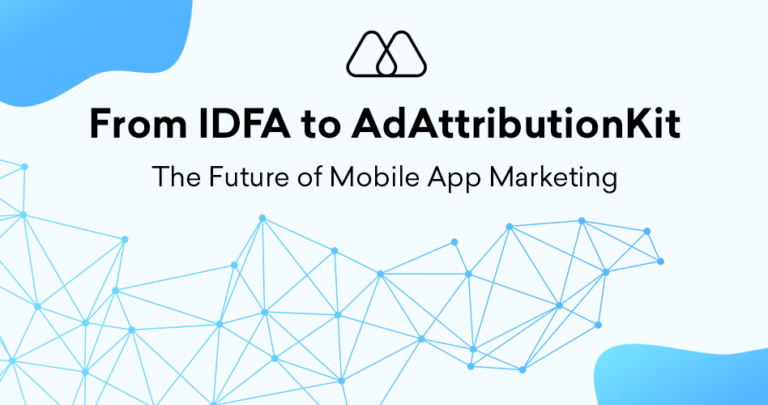In the intricate world of mobile app marketing, navigating the attribution landscape is crucial. Traditionally, third-party Measurement Partners (MMPs) have played a central role in attributing installs and conversions to specific ad campaigns. However, Self-Attributing Networks (SANs) are emerging as a force to be reckoned with, offering a different approach to attribution. This article explores SANs, their implications for mobile app marketers, and the considerations for successful integration into your mobile app, marketing strategy.
What are Self-Attributing Networks (SANs)?
Self-Attributing Networks (SANs) are a type of ad network with the unique ability to attribute app installs and in-app actions. Unlike traditional networks that rely on MMPs for attribution data, SANs leverage their internal infrastructure to track user journeys within their ecosystem. This allows them to attribute conversions directly to the ad creatives or campaigns served within their network.
How Do SANs Work?
Here’s a simplified breakdown of the SAN attribution process:
- User Sees Ad: A user encounters a mobile ad for your app served by a SAN.
- Click & Install: The user clicks on the ad and installs your app directly from the app store.
- SAN Tracks Activity: The SAN leverages its built-in SDK or other tracking mechanisms within the app to identify the user and attribute the installation to the specific ad campaign.
- Conversion Reporting: The SAN reports the install and any subsequent in-app actions directly to you, the advertiser.
Advantages and Considerations of SANs
SANs offer several potential advantages for mobile app marketers:
- Simplified Attribution: SANs streamline the attribution process by eliminating the need for a separate MMP.
- Optimization: As the data resides within the network’s infrastructure, SANs can optimize campaigns more effectively and efficiently.
- Faster Data Availability: Attribution data from SANs might be available in real time or with minimal delay.
However, there are also considerations to keep in mind when evaluating SANs:
- Limited Attribution Scope: SANs can only attribute conversions within their network, potentially neglecting valuable data from other channels.
- Data Bias & Transparency: Since SANs control the data, there’s a potential for bias in favor of their network. Transparency regarding their attribution methodologies is crucial.
- Integration & Compatibility: Ensure your app development workflow and analytics platform seamlessly integrates with the SAN’s SDK or tracking mechanisms.
Optimizing Your Mobile App Strategy with SANs
Here are some key strategies for leveraging SANs effectively within your mobile app marketing strategy:
- Utilize a Multi-Touch Attribution Model: While SANs provide valuable data, consider a multi-touch attribution model to capture the complete user journey across various touchpoints.
- Maintain Transparency: Request detailed information from SANs regarding their attribution methodologies and data handling practices.
- Compare Performance Across Channels: Don’t rely solely on SAN data. For a holistic view, compare campaign performance metrics across various channels (SANs, MMPs, organic discovery).
5 Key Takeaways from Self-Attributing Networks (SANs)
- Alternative Attribution Approach: SANs offer in-house attribution for app installs and in-app actions within their network.
- Potential Advantages: Simplified attribution, data ownership, and potentially faster available data.
- Considerations: Limited attribution scope, potential data bias, and integration challenges with your app and analytics.
- Multi-Touch Approach: Combine SAN data with a multi-touch attribution model for a complete user journey view.
- Transparency & Comparison: Ensure transparency in SAN data practices and compare performance across various channels.
Self-Attributing Networks (SANs) offer a unique perspective on mobile app attribution. While they can provide valuable data and streamline the process, a comprehensive understanding of their limitations is crucial. By implementing a multi-touch attribution approach, maintaining transparency with SANs, and comparing performance across channels, you can leverage SANs effectively to gain valuable insights and optimize your mobile app marketing strategy.




